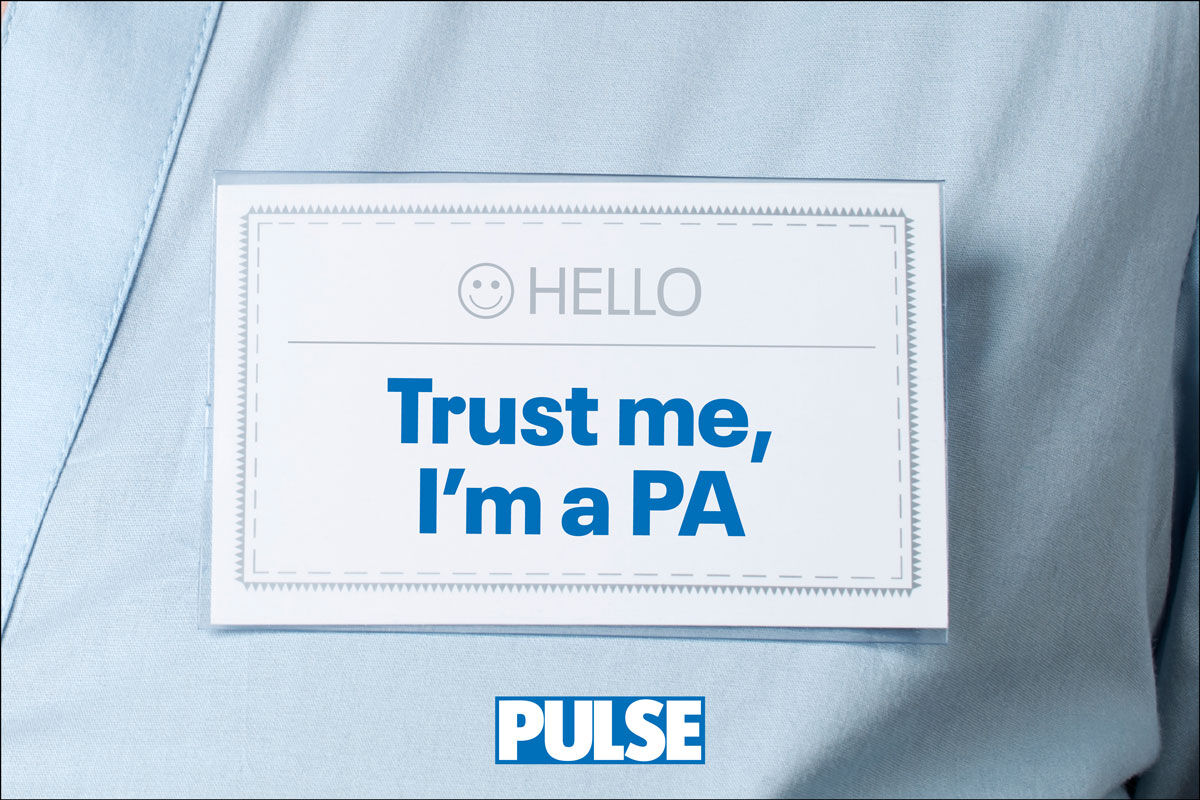Patients have fewer but longer consultations with their GP, a new study of over 500 million anonymised electronic health records has found.
The study published in the British Journal of General Practice found that the number of times a year that a patient had a consultation with their GP – face to face or by phone – fell between 2005 and 2019, but that the consultations were taking around a third longer.
And workload per patient per year increased by almost 50% over the same period, taking into account both the length and frequency of GP consultations, as well as the admin work associated with them.
The authors think that the main reason for this is an increase in the number of people ‘living with multiple long-term conditions and complex healthcare needs’, so that almost one person in three now is multimorbid.
A tripling in the amount of time spent doing ‘patient-related admin’ is another likely factor, the authors said.
They concluded: ‘Findings show sustained increases in consulting rates, consultation duration, and clinical workload until 2014. From 2015, however, rising demand for health care and a larger administrative workload have led to capacity constraints as the system nears saturation.’
The study analysed data for over 550 million records from 824 practices.
In cross-sectional analysis, the authors found that consultation rates were higher in older patients, females, and those living in more deprived regions.
The authors said: ‘Primary care practices have had to adjust to consistent increases in the duration of GP contacts since 2005 in the face of higher numbers of patients with multimorbidity with complex care needs and a greater administrative load per patient.
‘With fewer FTE GPs per head of population, many practices have been unable to keep pace with these changes, leading to a drop in consulting rates since 2015.’
In the study, GP workload was separated into two parts: patient-facing workload and patient-related administrative work.
The authors found that:
- Mean GP F2F workload per person–year increased every year between 2005 and 2012 to a maximum of just under 33 min.
- From 2012 to 2019 it fell by 10.6% to just below 30 min.
- Administrative workload as a proportion of total GP workload nearly doubled from 16.3% in 2005 to 29.6% in 2019
The authors said: ‘The focus of much of the literature on GP workload is on direct patient care, an activity that typically accounts for 75% of patient- related clinical workload.
‘Time spent on indirect patient care (for example, referral letters or repeat prescriptions) was not included, implying that primary care workload data may under-represent total patient-related clinical activity by a third.’
The study also pointed out that ‘repeated calls’ on the Government to replace the Carr-Hill formula with ‘a more equitable formula’ that better reflects the greater workload associated with deprivation and morbidity ‘have resulted in little progress’.
RCGP chair Professor Kamila Hawthorne said: ‘While it’s a testament to advances in medicine that patients are living longer, as they do, they are often living with multiple, long-term health conditions that need to be carefully monitored and treated, potentially for the rest of their lives.
‘GPs are highly skilled at delivering this care for patients, but it is becoming more difficult to deliver in the face of intense workload and workforce pressures. As this study also suggests, high levels of bureaucratic and administrative responsibilities on GPs are taking us away from direct patient care.’
Imperial College London’s head of primary care and public health Professor Azeem Majeed agreed that the findings underscore the increasing pressures faced by GPs ‘due to the rising complexity of patient needs and a growing administrative burden’.
He told Pulse: ‘This has led to a paradoxical situation where, despite fewer consultations, GP workload has increased significantly, primarily due to longer consultations and more time spent on administrative tasks.
‘Moreover, the decline in consultation rates occurred at a time when many general practices were struggling to recruit GPs, leading to an increase in the average number of patients per GP.
‘If GP numbers had increased, it is very likely that consultation rates would also have increased. The paper presents a clear picture of the growing challenges in UK primary care, driven by an increasing burden of multimorbidity and administrative tasks.
‘For NHS general practice, this calls for urgent action to revise funding models, invest in workforce support, and explore innovative solutions to manage workload more effectively. Without these changes, the sustainability of primary care and the quality of patient care could be at risk.’
DAUK GP spokesperson Dr Steve Taylor told Pulse the number of consultations has increased with GPs since 2019.
He said: ‘I don’t think the trend has continued in terms of number of consultations as the number of consultations has increased with GPs since 2019, although population has also increased.
‘The complexity and length of consultations was shown to increase up to 2019 and this is likely to be longer now, in part due to the increased number of patients waiting hospital treatments since 2019.’
Last month, a study concluded that GP full-time working should be defined as six sessions per week in order to reflect the ‘current duration of sessions’.












well they have gone up again since 2019 as have number of contact with surgery and comm services
What’s the bet that the headlines will be “GP’s see fewer patients than 20 years ago”?
a lot of the short consultations were un-triaged things like:
1) I need an appointment for a blood sample with the Nurse, can you book me an appointment? (no)
2) I need a repeat of my painkillers; (etc) (they are on repeat, tick the box : Can you print me a repeat slip?)
3) what does it say in my letter from the hospital; (we haven’t got it yet)
4) can you give me an appointment for my 3-monthly visit to the Chiropodist? (No)
5) I haven’t had my screening invite, can you check I am on the list? (no)
Fortunately, very few of these are getting booked in to see us F2F these days, although there are still a good few for Dr Triage.